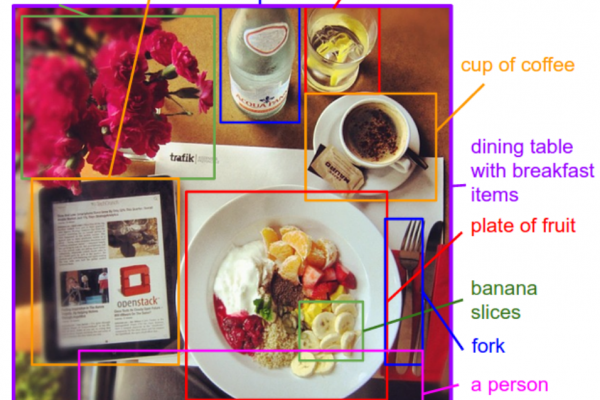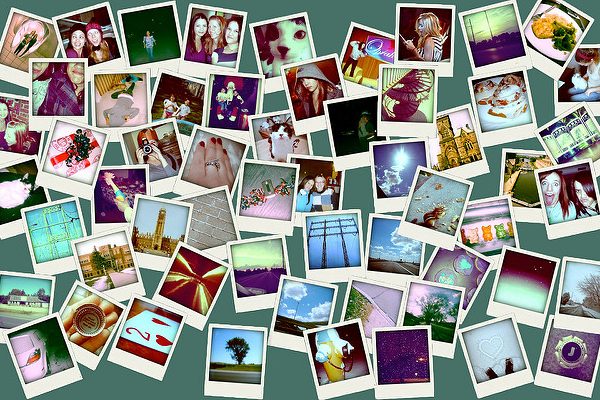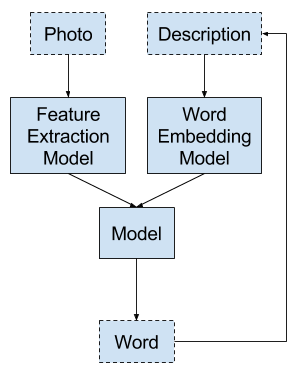How to Automatically Generate Textual Descriptions for Photographs with Deep Learning
Last Updated on August 7, 2019 Captioning an image involves generating a human readable textual description given an image, such as a photograph. It is an easy problem for a human, but very challenging for a machine as it involves both understanding the content of an image and how to translate this understanding into natural language. Recently, deep learning methods have displaced classical methods and are achieving state-of-the-art results for the problem of automatically generating descriptions, called “captions,” for images. […]
Read more








